THE COMPUTER
- Booting a computer
- Shutting down, restarting or putting a computer to sleep
- Input Devices
- Output Devices
- Storage Devices
- Desktop
Explanations to week content
A computer is device for processing, storing, and displaying information.

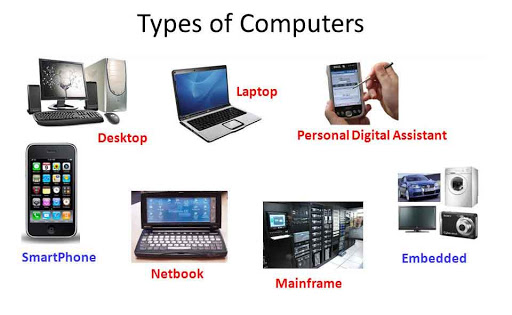
Desktop Computers
Connect the power and VGA cables
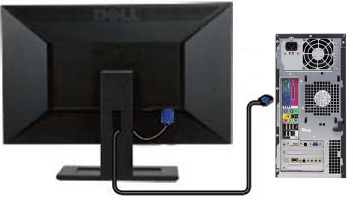
Figure: Connecting the monitor to the PC using the VGA cable
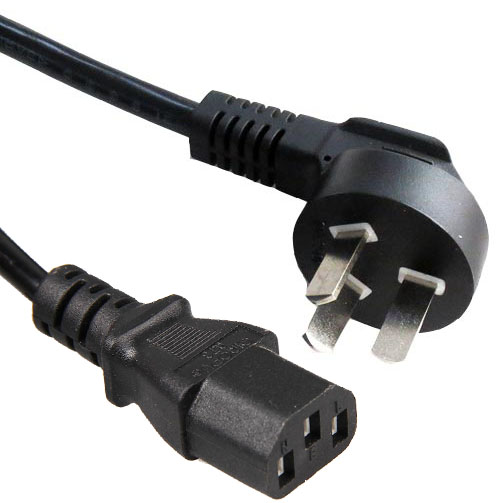
Figure: Power cable
Connect the power cables for both the monitor and the PC and plug in the power source.
RCA & VGA
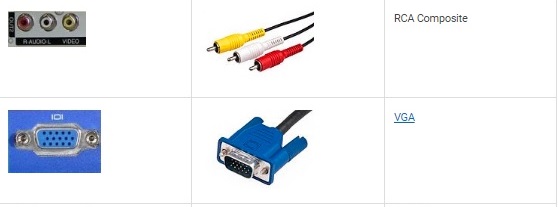
HDMI
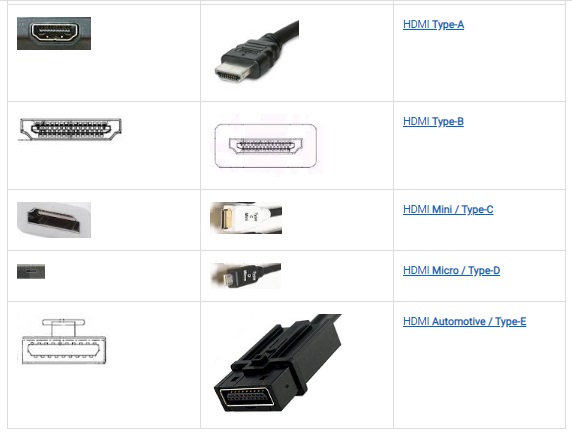
Booting a computer
Booting is the process of starting a computer. It can be initiated by hardware such as a button press, or by a software command.
To boot the computer, press the power button. The power button location varies from one computer to the other.
So press on the button that look like the image below.

For a desktop computer, it might be right in front. For a laptop, it might be at the top of the escape key just as the image above.
NOTE:
If you are using a PC, you will have to switch on your monitor as well.
For a computer with a password set, you will have to enter the password before you are giving access.
Shutting down, restarting or putting a computer to sleep
To shut down, restart or put the computer to sleep, press on the windows key on the keyboard or click on the windows icon at the left side of the toolbar.
![]()
Figure: windows icon
![]()
Figure: desktop toolbar
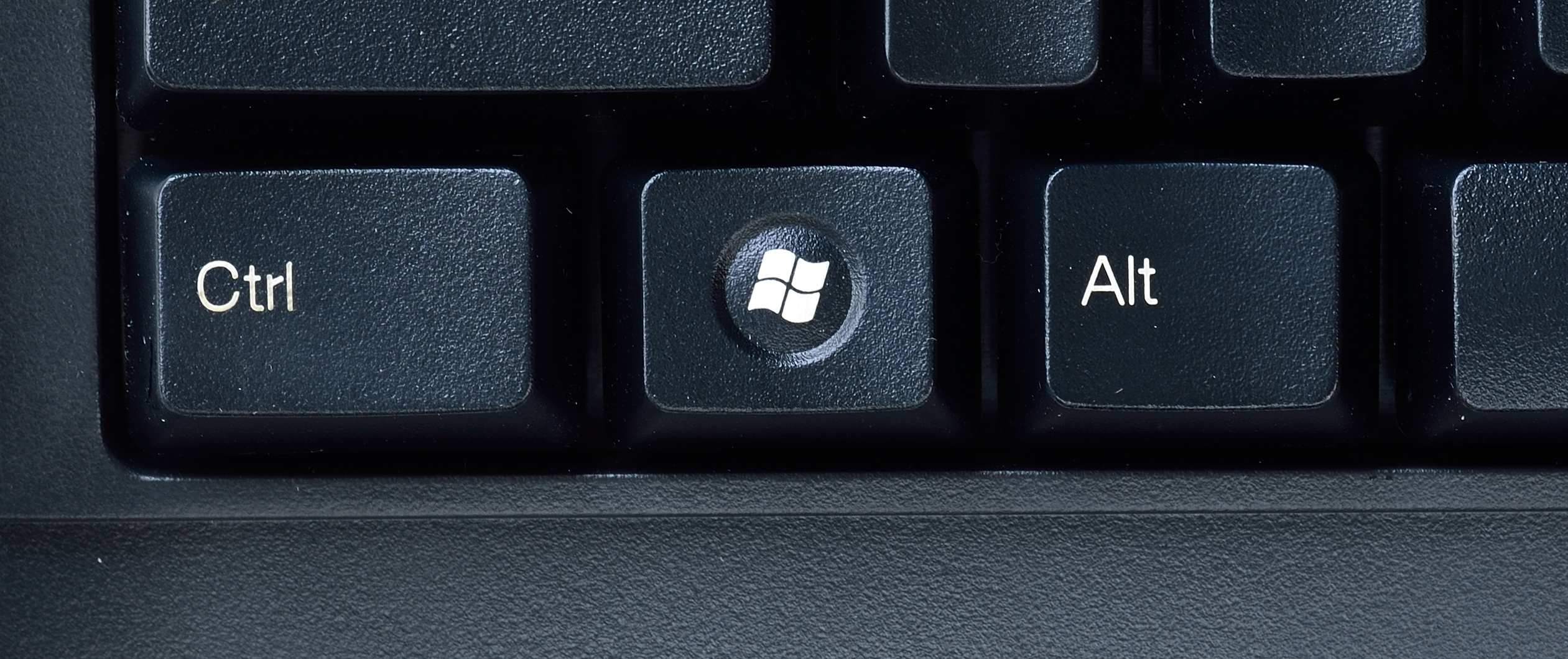
Figure: windows key
Click on the power icon for the drop down options to show. Choose the appropriate option you desire.
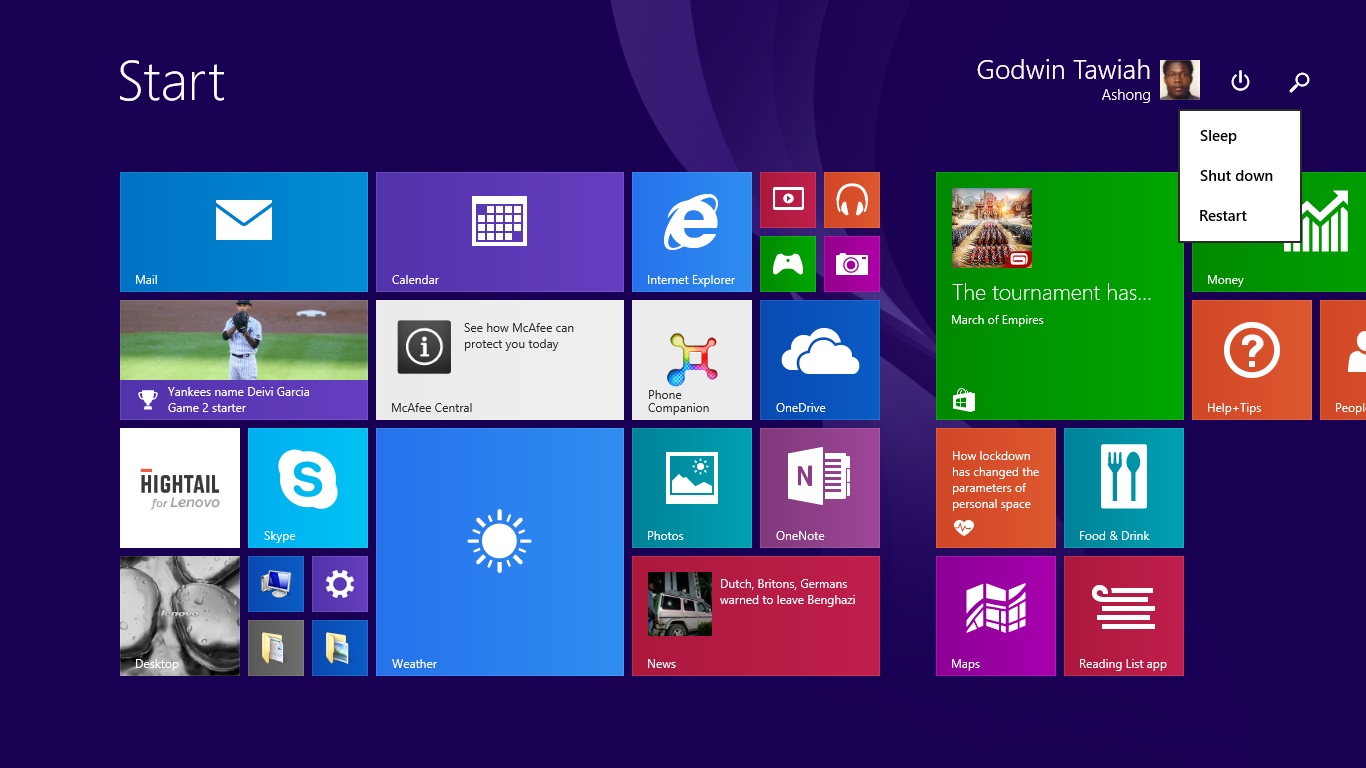
Input Devices
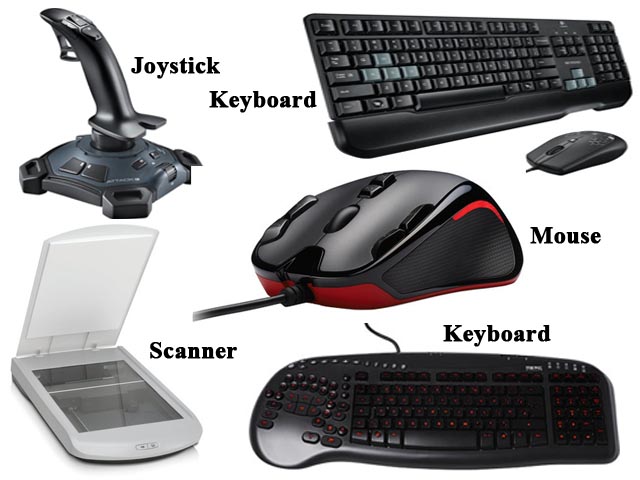
Parts of a computer mouse

Parts of a computer keyboard

Output Devices
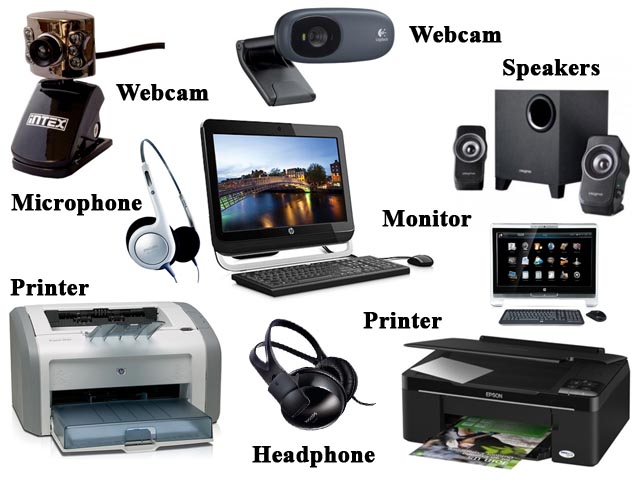
Storage Devices
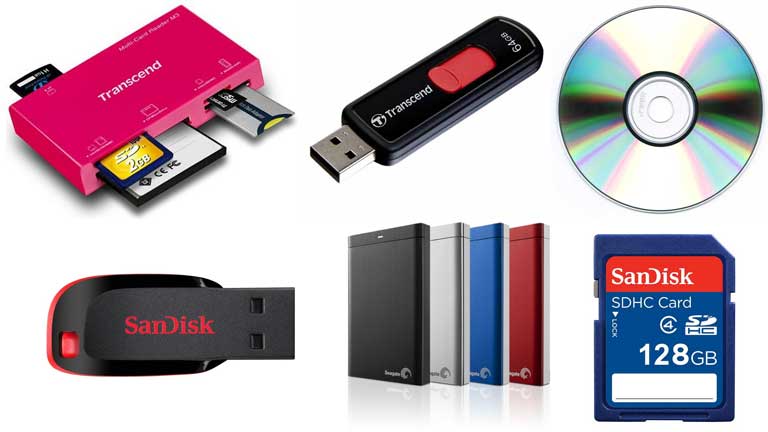
USB Port
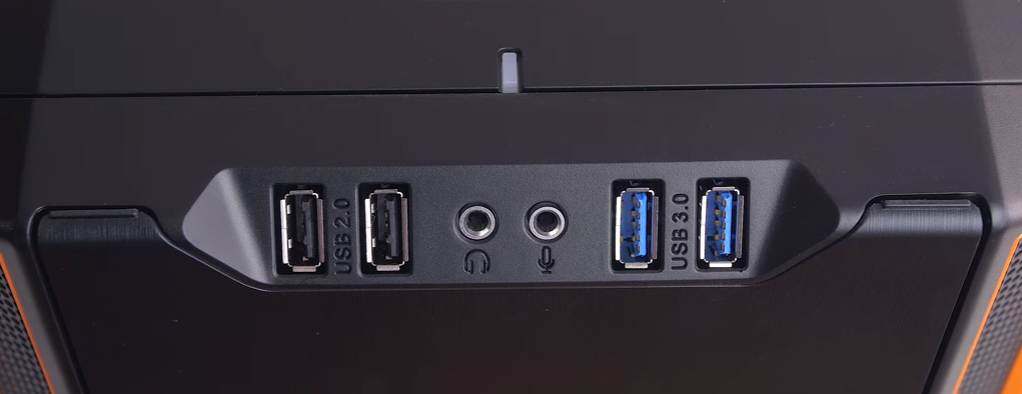
CD Drive
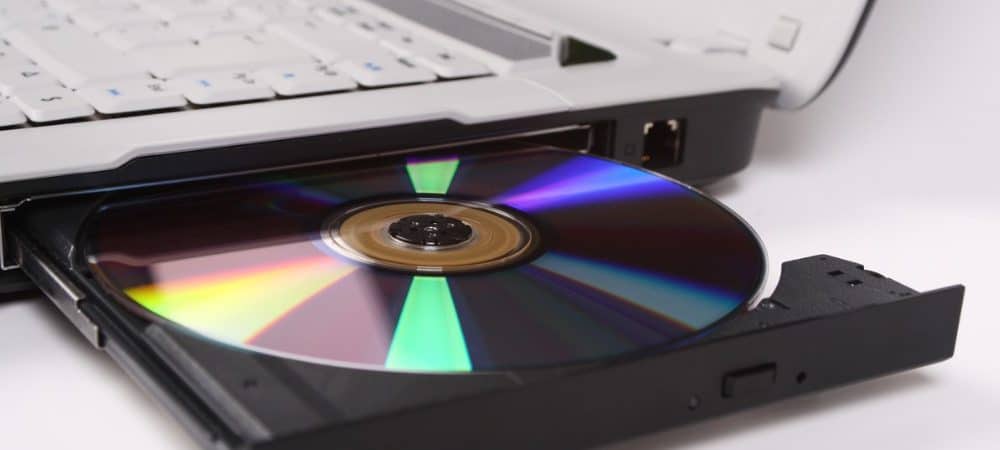
Memory Card Slot
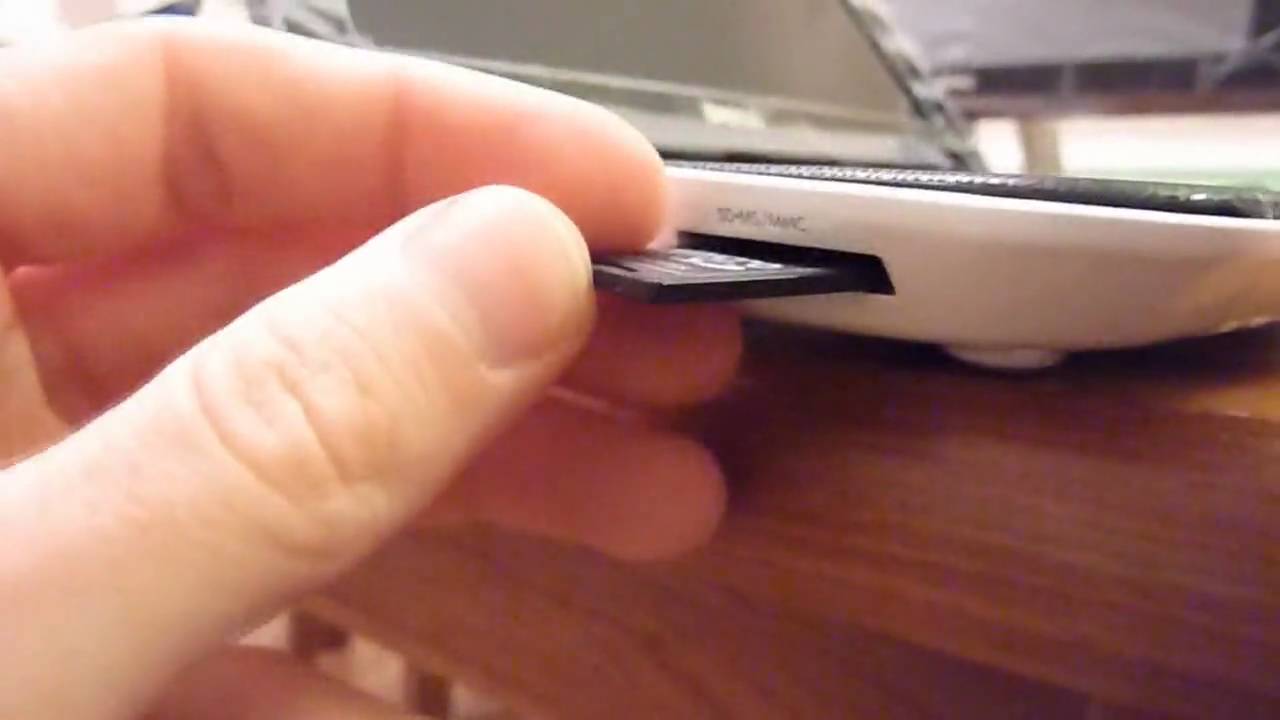
Computer Desktop
The computer desktop is the main screen area that you see after you boot your computer and log on to Windows. Like the top of an actual desk, it serves as a surface for your work.

Computer Desktop Parts
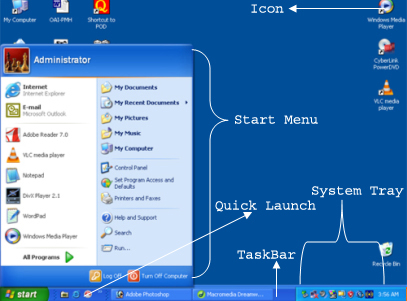
Changing desktop background image
Changing the desktop theme
Changing the icon display
Sorting icons
Refreshing desktop
Right-click your desktop and choose refresh